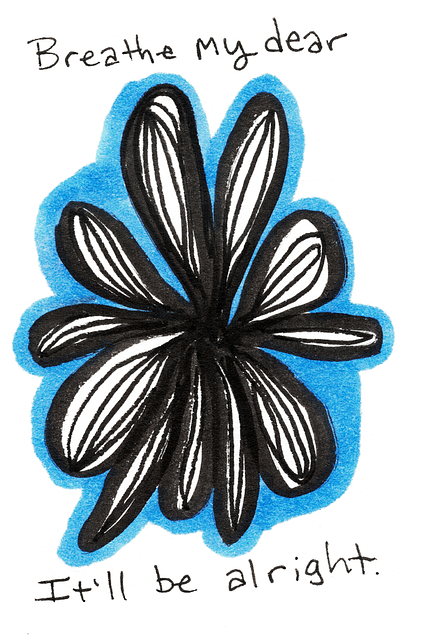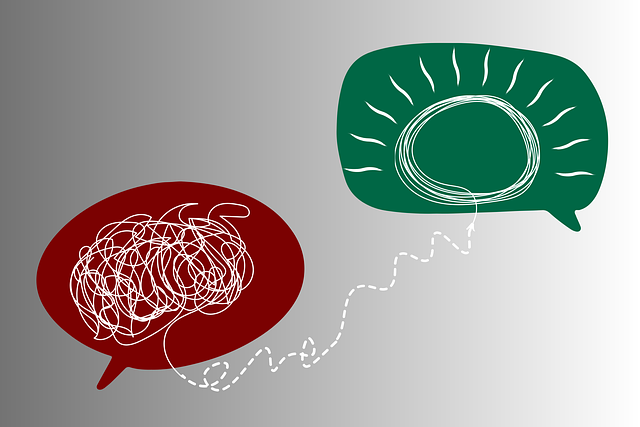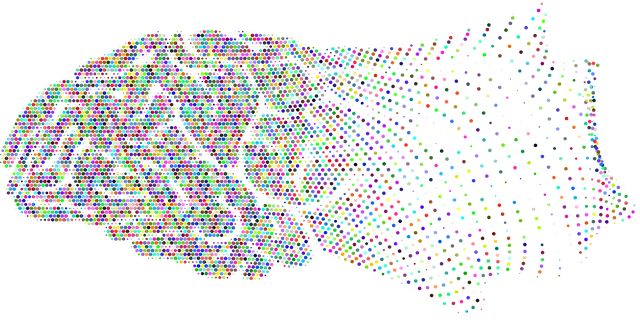Crafting an effective marketing strategy for mental wellness apps targeting adolescents, teens, and young adults (AYAs) requires understanding their unique emotional challenges stemming from academic pressures, social media exposure, and adult transitions. Marketing should create an inclusive environment, leveraging engaging content and peer testimonials to showcase accessible therapy options that foster emotional regulation and mood management skills. Apps must offer a compelling value proposition, emphasizing empowerment and transformation through stress reduction, empathy building, and community support to differentiate themselves in a crowded market. This involves targeted online advertising, collaborations with influencers, and partnerships with educational institutions, while measuring success through KPIs like download rates, user feedback, and improvements in emotional well-being.
In today’s digital age, mental wellness apps offer accessible therapy for adolescents, teens, and young adults seeking support. To thrive in this competitive market, developers must develop robust marketing strategies that resonate with their target audience. This article guides you through understanding the unique needs of young users, crafting compelling value propositions, leveraging effective marketing channels, and measuring success through key performance indicators (KPIs) specifically tailored for mental health apps.
- Understanding the Target Audience: Adolescents, Teens, and Young Adults
- Crafting a Compelling Value Proposition for Mental Wellness Apps
- Marketing Channels and Strategies for Maximum Reach
- Measuring Success: Key Performance Indicators (KPIs) for Mental Health App Marketing
Understanding the Target Audience: Adolescents, Teens, and Young Adults

Understanding your target audience is a crucial step in developing an effective marketing strategy for mental wellness apps, especially when catering to adolescents, teens, and young adults seeking therapy. This demographic represents a significant segment of users who are often grappling with unique challenges related to mental health. They may face pressures from academic demands, social media exposure, and the transition into adulthood, all of which can impact their emotional well-being.
Marketing efforts should focus on creating an inclusive environment that resonates with these individuals. By utilizing engaging content and peer testimonials, apps can showcase how they provide accessible therapy for young people, helping them develop essential skills in emotional regulation and mood management. Tailoring the messaging to address specific concerns relevant to this age group will foster a sense of connection and encourage users to embrace techniques for promoting their overall emotional health.
Crafting a Compelling Value Proposition for Mental Wellness Apps

In today’s digital age, mental wellness apps have emerged as powerful tools to cater to the growing need for Therapy for Adolescent Teens Young Adults. Crafting a compelling value proposition is key to attracting and retaining users in this competitive market. The app should clearly communicate how it helps users navigate through Stress Reduction Methods, Empathy Building Strategies, and Compassion Cultivation Practices—all while fostering a sense of community and support. By emphasizing these aspects, apps can differentiate themselves and build trust with their target audience.
A strong value proposition goes beyond simply listing features; it tells a story of transformation and empowerment. It should resonate with the everyday struggles faced by teens and young adults, offering tangible solutions to common mental health challenges. Incorporating user testimonials and case studies that highlight successful outcomes can further strengthen the app’s position in the market. Ultimately, a compelling value proposition is what drives users to download and engage with these apps regularly.
Marketing Channels and Strategies for Maximum Reach

In today’s digital era, marketing a mental wellness app requires a multi-faceted approach to reach and engage users, especially targeting adolescent teens and young adults who are often in need of such services. Social media platforms like Instagram, TikTok, and YouTube have proven to be powerful tools for increasing brand visibility and connecting with younger audiences. Engaging content, including educational videos, relatable testimonials, and interactive challenges focused on mental health awareness can effectively capture attention and encourage downloads. Influencer partnerships and collaborations with mental health advocates can also amplify the app’s reach and credibility within these demographics.
Additionally, leveraging email marketing campaigns, targeted online ads, and strategic SEO optimization around keywords like “therapy for adolescent teens young adults” and “mental wellness” will ensure maximum exposure. By addressing specific concerns related to emotional intelligence and mental health, the app can attract users actively seeking support. Collaborating with schools, universities, and youth organizations further expands the potential user base, as these institutions play a crucial role in promoting mental health awareness among their communities.
Measuring Success: Key Performance Indicators (KPIs) for Mental Health App Marketing

Measuring success is paramount when developing a marketing strategy for mental wellness apps, especially when targeting adolescents and young adults in need of therapy. Key Performance Indicators (KPIs) should be selected to align with the app’s unique value proposition and the specific needs of this demographic. Download rates and active users over time are essential metrics, indicating initial interest and long-term engagement. Conversion rates from free trials to paid subscriptions or premium features offer insight into the app’s ability to provide perceived value in emotional regulation strategies.
Furthermore, tracking user feedback and reviews can provide qualitative data on the app’s impact on teens’ and young adults’ mental health journey. Incorporating empathy-building strategies and mind over matter principles within the app should lead to positive sentiment and increased customer satisfaction, reflected in higher retention rates and word-of-mouth recommendations. Ultimately, KPIs for mental health apps should go beyond simple numbers; they should capture improvements in users’ emotional well-being and overall life satisfaction.
Developing an effective marketing strategy for mental wellness apps is crucial in reaching and supporting adolescents, teens, and young adults who may be struggling with their mental health. By understanding your target audience’s unique needs and preferences, crafting a compelling value proposition highlighting the app’s benefits, and utilizing suitable marketing channels, you can create awareness and encourage users to access essential therapy for this demographic. Measuring success through relevant KPIs ensures that your efforts are targeted and impactful, ultimately contributing to improved mental wellness in these vital age groups.













